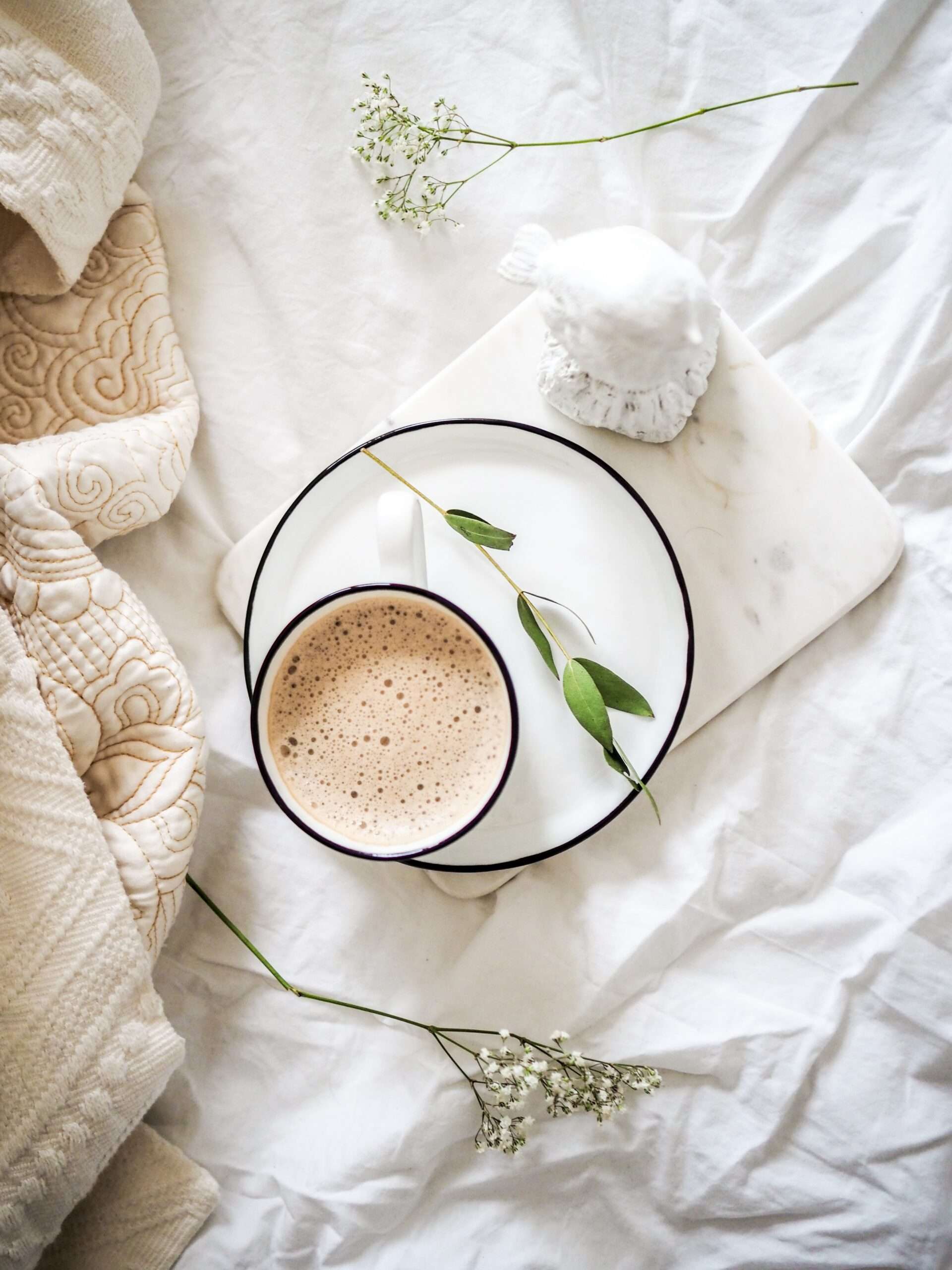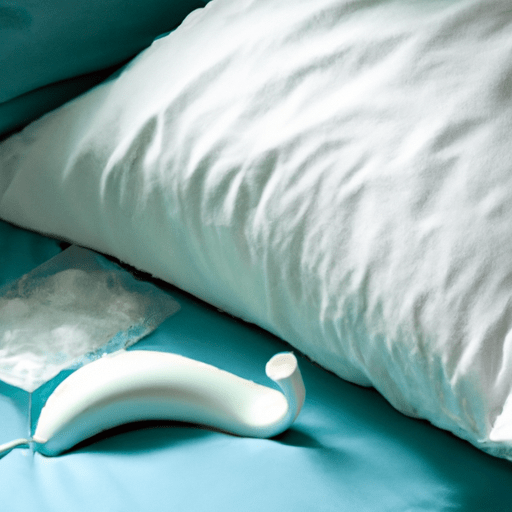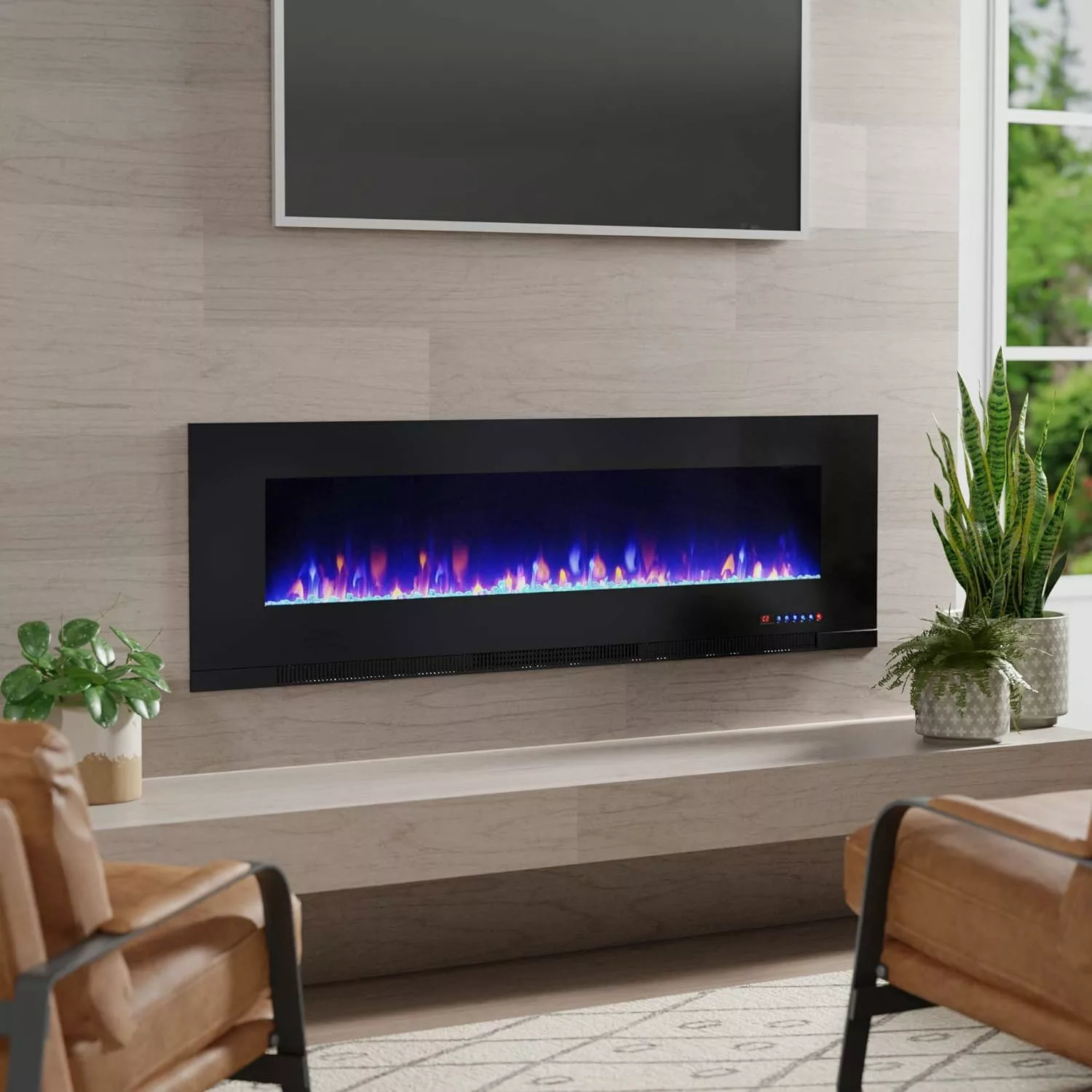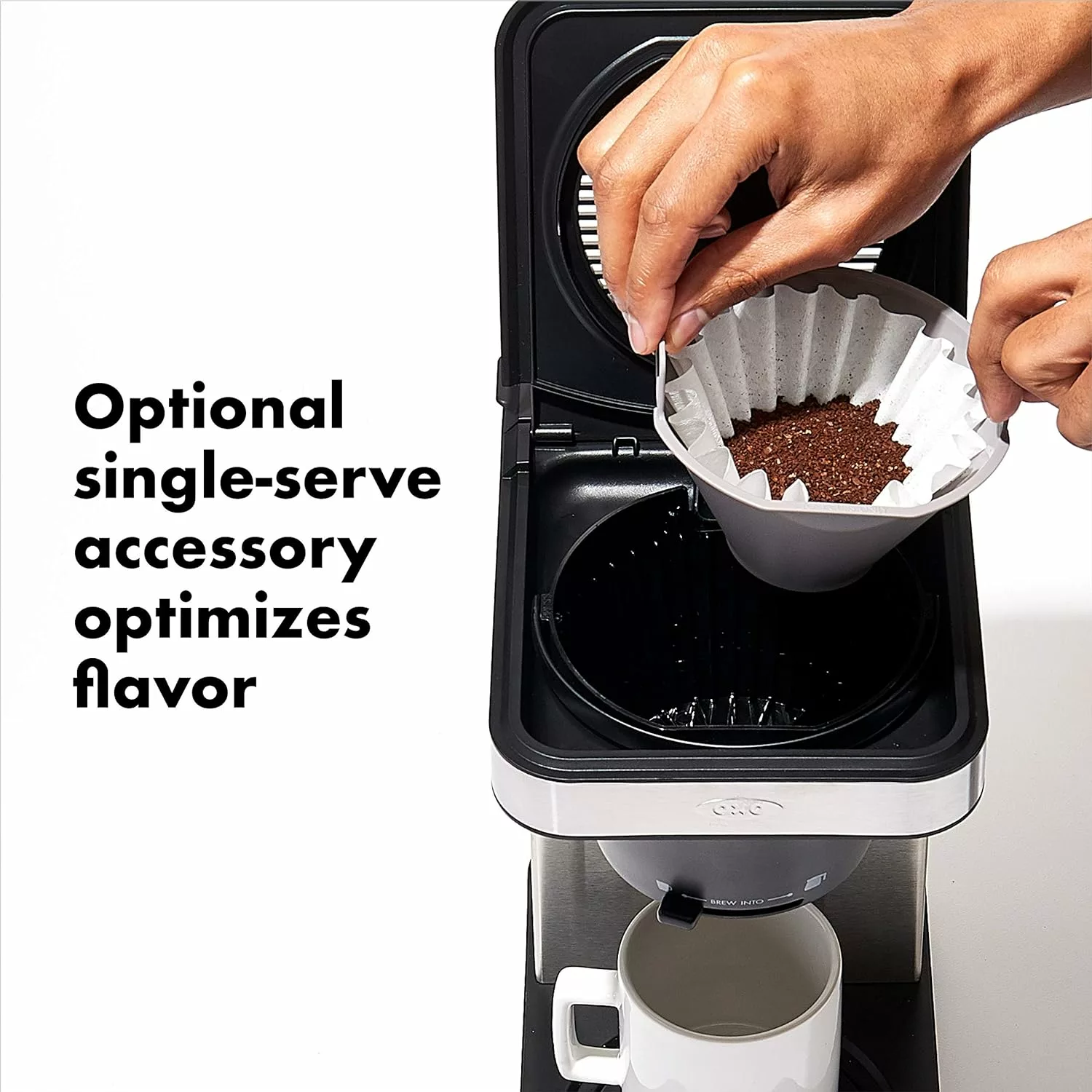Have you ever wondered what it would be like to start your morning with a cup of coffee that transports you back in time? Well, look no further! In this article, you will discover the art of making coffee the old-fashioned way. From grinding the beans by hand to carefully brewing the perfect cup, we will explore step-by-step instructions on how to recreate the nostalgic experience of enjoying a truly authentic cup of coffee. So grab your favorite mug and let’s embark on a sensory journey that will awaken your taste buds and transport you to a simpler, more flavorful time.

This image is property of images.unsplash.com.
Understanding the Appeal of Old-Fashioned Coffee
Knowing the distinct taste
There is something undeniably charming about old-fashioned coffee. The distinct taste it offers is unlike any other. The slow brewing process and the emphasis on craftsmanship result in a cup of coffee that is rich, bold, and full of flavor. The flavors are complex and nuanced, with hints of caramel, chocolate, and sometimes even floral notes. Old-fashioned coffee has a depth and character that cannot be replicated by modern automated machines. It is this unique taste that sets it apart and makes it so appealing to coffee enthusiasts.
The tranquility in the brewing process
The beauty of old-fashioned coffee lies not only in its taste but also in the brewing process itself. Brewing coffee the traditional way requires time and patience. Whether you are using a Moka pot, a French press, or any other old-fashioned method, there is a certain tranquility in watching the water slowly percolate through the grounds and witnessing the transformation from raw beans to a fragrant cup of coffee. The act of preparing coffee this way can be meditative and soothing, allowing you to take a moment for yourself and truly savor the experience.
Appreciating the tradition and craftsmanship
Old-fashioned coffee making is not just about the end result; it is about honoring the traditions and craftsmanship that have been passed down through generations. Each brewing method has its own rituals and techniques that have been refined over time. From the careful selection of beans to the precise grinding, measuring, and brewing, every step requires a level of skill and attention to detail. By making coffee the old-fashioned way, you become a part of this rich history and pay homage to the artisans who have perfected their craft over centuries.
The Evolution of Coffee-Making
A brief history of coffee
Coffee has a long and fascinating history that dates back centuries. The origins of coffee can be traced back to Ethiopia, where the coffee plant first grew in the wild. From there, it spread to the Arabian Peninsula and beyond, becoming a cherished beverage in many cultures. Coffeehouses, known as “qahveh khaneh,” emerged in the Middle East, providing a place for people to come together and enjoy this stimulating drink. Eventually, coffee found its way to Europe and the Americas through trade routes, leading to its popularity worldwide.
The transition from traditional to modern coffee making
As technology advanced and the demand for coffee grew, the traditional methods of brewing coffee gave way to more automated and efficient techniques. In the mid-20th century, drip-brew coffee makers became widespread, allowing for a quicker and more convenient brewing process. This was followed by the invention of espresso machines, which revolutionized the way coffee was prepared and paved the way for the proliferation of coffee shops. While these modern methods offer convenience, they have also distanced us from the slower, more hands-on approach of old-fashioned coffee making.
Comparing old-fashioned coffee-making with automated coffee making techniques
Old-fashioned coffee making and automated coffee making techniques each have their own merits. The choice between them ultimately comes down to personal preference and the kind of coffee experience you seek. Automated machines offer convenience and consistency, making it easy to brew a quick cup of coffee. However, they often lack the depth of flavor and the character that comes from brewing coffee the old-fashioned way. Old-fashioned methods require more time and effort, but the results are often worth it for those who appreciate the ritual and the unique taste that they produce.
Types of Old-Fashioned Coffee Brewing Methods
Proper use of the Moka pot
The Moka pot, also known as a stovetop espresso maker, is a classic method of brewing old-fashioned coffee. To use a Moka pot, start by adding water to the bottom chamber and placing finely ground coffee in the middle filter basket. Screw on the top chamber tightly and place the Moka pot on a heat source. As the water heats up, it will create pressure, forcing the water through the coffee grounds and into the top chamber. The result is a strong, concentrated coffee that resembles espresso. It’s important to pay attention to the heat level and remove the Moka pot from the heat as soon as you hear a gurgling sound to avoid burning the coffee.
Mastering the French press technique
The French press is another popular old-fashioned coffee brewing method that allows for a full-bodied and flavorful cup of coffee. To use a French press, start by adding coarsely ground coffee to the empty container. Then, pour hot water over the coffee, ensuring that all the grounds are fully saturated. Let the coffee steep for a few minutes, then slowly press down the plunger to separate the brewed coffee from the grounds. The French press method allows the coffee oils to remain in the final brew, resulting in a rich and full-bodied cup of coffee.
Drip-brew coffee making
Drip-brew coffee making is a more modernized version of old-fashioned coffee brewing, but it still holds its place in traditional coffee culture. To make coffee using a drip-brew method, you will need a coffee machine with a filter basket. Place a paper filter in the filter basket and add the desired amount of coffee grounds. Fill the water reservoir with cold water, and then turn on the machine. The water will heat up and drip through the coffee grounds, extracting the flavors and producing a smooth and consistent cup of coffee. Drip-brew coffee making is perfect for those who prefer a milder and less intense coffee flavor.
Percolator coffee making
Percolator coffee making was once a staple in many households before the invention of drip-brew coffee machines. To use a percolator, fill the bottom chamber with water and place coffee grounds in the perforated coffee basket. As the water heats up, it will rise through a tube and sprinkle over the coffee grounds, creating a continuous cycle of brewing. The brewed coffee then flows back down into the bottom chamber, ready to be served. Percolator coffee often has a strong and bold flavor, making it a favorite among those who enjoy a robust cup of coffee.
Turkish coffee brewing
Turkish coffee brewing is a unique and traditional method that has been passed down through generations in the Middle East. To brew Turkish coffee, start by adding finely ground coffee, water, and sugar (if desired) to a small pot known as a cezve. Heat the pot over a low flame and stir continuously until the coffee starts to foam. Just before it boils over, remove the pot from the heat and pour the foam into individual cups. Return the pot to the heat and allow the coffee to come to a boil again. Pour the remaining coffee into the cups, allowing the sediments to settle at the bottom. Turkish coffee is strong and aromatic, with a thick texture and a rich, earthy flavor.
Choosing the Right Coffee Beans
Different types of coffee beans and their profiles
There are various types of coffee beans available, each with its own unique flavor profile. Arabica beans are the most widely consumed and are known for their smooth and nuanced flavors. They often have notes of chocolate, nuts, and berries. Robusta beans, on the other hand, have a stronger and more bitter taste. They are often used in espresso blends for their higher caffeine content. Other specialty coffee beans, such as Ethiopian or Colombian beans, exhibit distinct characteristics specific to their growing regions. Exploring different types of coffee beans is a delightful way to discover the vast array of flavors that coffee has to offer.
Selecting beans to suit respective brewing methods
When selecting coffee beans for your old-fashioned brewing method, it’s important to consider the characteristics of the beans and how they will complement the brewing process. For methods like the Moka pot or espresso, a darker roast with a robust flavor profile is preferred. The intensity of the brewing method can often overpower lighter roasts, so a bold and full-bodied bean will stand up to the process. For methods like the French press or drip-brew, medium to medium-dark roasts offer a well-balanced and flavorful cup of coffee. Experimenting with different beans and brewing methods will help you find the perfect pairing for your taste preferences.
Storing coffee beans for optimum taste
To ensure the freshness and quality of your coffee beans, it’s important to store them properly. Coffee beans are sensitive to air, light, moisture, and heat, which can all contribute to the degradation of their flavor. Ideally, store your coffee beans in an airtight container, away from direct sunlight and heat sources. Avoid storing them in the freezer or refrigerator, as this can introduce moisture and affect the taste. It’s best to purchase coffee beans in small quantities and use them within a few weeks to enjoy the freshest flavors. Investing in a good grinder can also allow you to grind the beans just before brewing, preserving the aromatic oils and flavors.

This image is property of images.unsplash.com.
Grinding the Coffee Beans
The importance of freshly ground beans
One of the key factors in brewing a great cup of coffee is using freshly ground beans. Grinding the beans just before brewing ensures that the flavors and aromas are at their peak. When coffee beans are ground, they begin to lose their freshness and the volatile compounds that contribute to the flavor profile dissipate quickly. By grinding the beans right before brewing, you preserve these delicate flavors, resulting in a more vibrant and enjoyable cup of coffee.
Appropriate grinding techniques
The grinding technique you use will depend on the brewing method you have chosen. For methods like the Moka pot and espresso, a fine grind is necessary. This allows for increased surface area and a more efficient extraction process. For the French press, a coarse grind is preferable to prevent the grounds from passing through the filter. Drip-brew methods typically require a medium grind to achieve a balanced extraction. Burr grinders are often recommended for a consistent grind size, while blade grinders can be adjusted to achieve the desired coarseness. Experimenting with different grind sizes will help you find the perfect balance for your preferred brewing method.
Choosing the perfect grind size for different brewing methods
The grind size plays a crucial role in the brewing process, as it influences the rate of extraction and the overall flavor of the coffee. Choosing the perfect grind size for your brewing method is essential to achieve the desired taste. As a general rule, the finer the grind, the shorter the brewing time and the stronger the flavor will be. Coarser grinds result in a longer brewing time and a milder flavor. Understanding the ideal grind size for each brewing method will help you fine-tune your coffee-making skills and produce a cup of coffee that best suits your preferences.
Proper Coffee to Water Ratio
Understanding the importance of the coffee to water ratio
The coffee to water ratio is a critical aspect of brewing coffee. It determines the strength and flavor intensity of the final cup. The ratio refers to the amount of coffee grounds in relation to the amount of water used for brewing. Getting the ratio right ensures that the coffee is well-extracted without being too weak or too strong. Understanding the importance of the coffee to water ratio allows you to have control over your brew and experiment with different flavor profiles.
Optimal coffee to water ratio for different brewing methods
The optimal coffee to water ratio varies depending on the brewing method you are using. For the Moka pot and espresso, a ratio of 1:2 or 1:2.5 (coffee to water) is commonly used to achieve a strong and concentrated flavor. The French press typically requires a ratio of 1:15 to 1:18 for a balanced and full-bodied cup. Drip-brew methods often call for a ratio of 1:16 for a milder and more dilute taste. Turkish coffee has a unique ratio, with one teaspoon of coffee per demitasse cup of water. It’s important to experiment with different ratios to find the perfect balance for your preferred taste.
Ways to measure and adjust the ratio effectively
Measuring the coffee to water ratio accurately is essential for consistent results. Using a digital scale to measure the weight of the coffee and water is the most precise method. However, if you don’t have a scale, you can use volumetric measurements such as tablespoons or cups. A general guideline is to use one tablespoon of coffee for every six ounces of water. For stronger or weaker brews, you can adjust the ratio accordingly. Keep in mind that personal taste preferences may also play a role in determining the ideal coffee to water ratio, so don’t be afraid to customize it to suit your palate.

This image is property of images.unsplash.com.
Correct Water Temperature and Brewing Time
The role of water temperature in coffee making
Water temperature is a crucial factor in extracting the flavors from coffee grounds. Different brewing methods require different water temperatures to achieve optimal results. Generally, water that is too hot can result in over-extraction, leading to a bitter and unpleasant taste. On the other hand, water that is too cold may under-extract, resulting in a weak and lacking flavor. Finding the correct water temperature for your chosen brewing method is essential to achieving a balanced and flavorful cup of coffee.
Ideal brewing times according to the brewing method
Brewing time also plays a significant role in the flavor profile of the coffee. Each brewing method has an ideal brewing time that allows for proper extraction. For the Moka pot, the water should take around 4 to 5 minutes to percolate through the coffee grounds. The French press typically requires a steeping time of 4 to 5 minutes for optimal flavor extraction. Drip-brew methods often take around 5 to 6 minutes to complete the brewing process. Turkish coffee has a quick brewing time of about 2 to 3 minutes over low heat. Understanding and adhering to the ideal brewing times ensures that you achieve the best possible flavors from your chosen brewing method.
Tips for controlling water temperature and timing
Controlling water temperature and timing can be achieved through various techniques and tools. For accurate water temperature, using a thermometer is the most reliable method. Boiling water and allowing it to cool for a specific duration can also achieve desired temperatures. Preheating your equipment, such as the Moka pot or French press, helps maintain the water temperature throughout the brewing process. When it comes to timing, using a timer or being mindful of the clock ensures that you consistently achieve the desired brewing duration. Test and adjust these variables to find the perfect combination for your preferred flavor profile.
Cleaning and Maintaining Your Equipment
Importance of clean equipment in achieving good flavor
Maintaining clean equipment is paramount for consistently brewing great-tasting coffee. Residual coffee oils and leftover grounds can accumulate over time and taint the flavor of future brews. Regular cleaning not only ensures the quality of the coffee but also extends the lifespan of your equipment. Properly cleaned equipment allows for precise temperature control, optimal water flow, and prevents any buildup that can hinder the brewing process. By keeping your equipment clean, you ensure that each cup of coffee is as delightful as the last.
Proper cleaning methods per type of equipment
Different coffee brewing equipment requires specific cleaning methods to keep them in optimal condition. For the Moka pot, disassemble the pot after use and clean each component with warm water and mild soap. Avoid using abrasive materials that could damage the surface. The French press can be easily cleaned by removing the plunger and rinsing the components with warm water. Remove any residual coffee grounds before washing. Drip-brew coffee machines often have cleaning cycles or specific instructions provided by the manufacturer. Follow these guidelines to prevent any buildup of mineral deposits. Turkish coffee pots should be rinsed with warm water after each use to remove any remaining coffee sediments. It’s crucial to be diligent in keeping your equipment clean to ensure the best flavor and longevity.
Maintenance tips to extend the lifespan of your equipment
Taking proper care of your coffee brewing equipment will not only ensure its longevity but also preserve the quality of your coffee. Here are some general maintenance tips to extend the lifespan of your equipment:
- Clean your equipment regularly following the appropriate cleaning methods.
- Avoid using harsh chemicals or abrasive scrubbers that could damage the surfaces.
- Store your equipment in a cool, dry place away from moisture and sunlight.
- Check for any signs of wear or damage and replace any faulty parts promptly.
- Use filtered water to minimize mineral buildup in your equipment.
- Follow the manufacturer’s instructions for descaling or decalcifying your equipment if necessary.
- Be gentle when handling fragile components of your brewing equipment.
By practicing proper maintenance, you will be able to enjoy your old-fashioned coffee brewing equipment for many years to come.
Tasting and Enjoying Traditional Coffee
Developing your coffee palate
Tasting and enjoying traditional coffee is not just about the act of drinking; it’s about developing an appreciation for the nuances of flavor and aroma. Developing your coffee palate takes time and practice, much like learning any other sensory skill. Start by being mindful of the flavors and aromas as you sip your coffee. Take note of any distinct characteristics, such as acidity, sweetness, or body. Compare different beans, roasts, and brewing methods to expand your tasting experience. With time, you will be able to discern more intricate flavors and appreciate the subtle variations in different coffees.
Recognizing different flavors and profiles
Understanding and recognizing different flavors and profiles in coffee can greatly enhance your enjoyment of the brew. Coffee tasting often involves identifying specific flavor notes and describing the overall taste experience. Various factors contribute to the flavor profile, such as the coffee beans, roast level, brewing method, and even the water used. With practice, you can train your taste buds to detect flavors like chocolate, caramel, fruit, or floral notes. Learning to recognize different flavor profiles allows you to seek out coffees that align with your preferences and discover new and exciting flavors along the way.
Enhancing the coffee experience with the appropriate accompaniments
Coffee is often enjoyed with various accompaniments that complement its flavor profile. From a simple biscuit or pastry to more elaborate food pairings, the right accompaniments can enhance the overall coffee experience. Consider the flavor notes and intensity of your coffee when selecting food pairings. A rich and bold coffee may pair well with dark chocolate or a slice of cheesecake, while a lighter coffee may be best enjoyed with a buttery croissant or fresh fruit. Experimenting with different combinations allows you to uncover unique flavor combinations and elevate your coffee indulgence.
Improving Your Old-Fashioned Coffee-Making Skills
Ways to refine your brewing technique
Brewing coffee the old-fashioned way is a skill that can always be refined and improved. Here are some ways to enhance your old-fashioned coffee-making skills:
- Seek out resources and educational materials to learn more about the brewing methods you are interested in.
- Practice patience and take your time to perfect each step of the brewing process.
- Keep a coffee journal to record your brewing experiments, noting the variables and the resulting flavors.
- Attend coffee workshops or classes to learn from professionals and gain insights from their expertise.
- Engage in community forums or coffee clubs to connect with other enthusiasts and exchange tips and tricks.
- Experiment with different roast levels, beans, and brewing methods to expand your skills and knowledge.
- Embrace the trial-and-error process and don’t be afraid to make adjustments to achieve your desired flavor.
By continuously refining your technique and exploring new possibilities, you will become a master at old-fashioned coffee making.
Staying updated with coffee trends
While old-fashioned coffee-making methods have a timeless appeal, it’s also important to stay updated with the latest coffee trends. The coffee industry is constantly evolving, with new brewing techniques, equipment, and flavor preferences emerging. Staying updated allows you to broaden your horizons and try new approaches that may enhance your coffee-making experience. Follow coffee blogs, subscribe to coffee magazines, or attend coffee events to stay in the loop. Being aware of current trends and innovations can inspire you to experiment with new methods or find ways to incorporate modern elements into your old-fashioned brewing routine.
Experimenting with different beans and brewing methods
One of the joys of old-fashioned coffee making is the ability to experiment with different beans and brewing methods. The world of coffee offers a vast array of choices, from single-origin beans to unique blends. Try different beans from various regions and explore how they interact with the flavors of different brewing methods. Experiment with the grind size, water temperature, and brewing time to fine-tune your recipes. By embracing a spirit of curiosity and adventure, you can continuously expand your knowledge and create your own signature old-fashioned coffee creations.
In conclusion, old-fashioned coffee making offers a unique and rich coffee experience that cannot be replicated by modern automated machines. The distinct taste, the tranquility of the brewing process, and the appreciation of tradition and craftsmanship all contribute to the appeal of old-fashioned coffee. By understanding the evolution of coffee-making, exploring different brewing methods, selecting the right beans, grinding them properly, and understanding the importance of ratios, water temperature, and brewing time, you can unlock the full potential of old-fashioned coffee making. Remember to keep your equipment clean and well-maintained, develop your coffee palate, and enjoy the process of refining your technique. Whether you are a coffee enthusiast or a casual drinker, the world of old-fashioned coffee making is there to be explored and enjoyed. Cheers to the art of making coffee the old-fashioned way!




